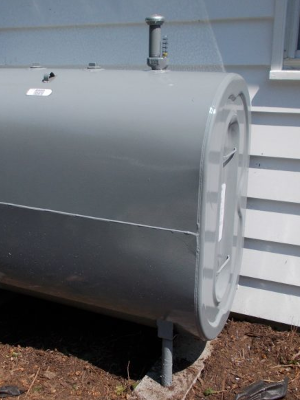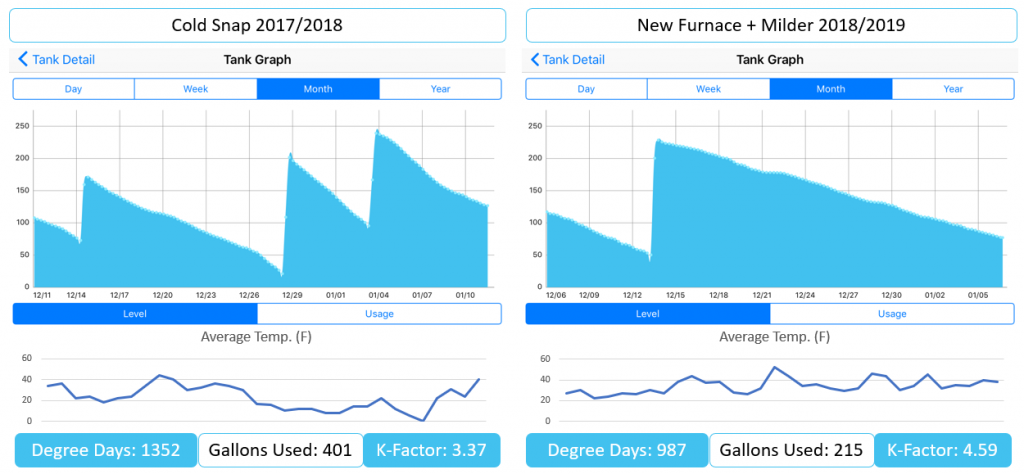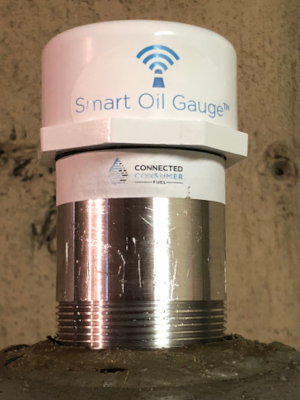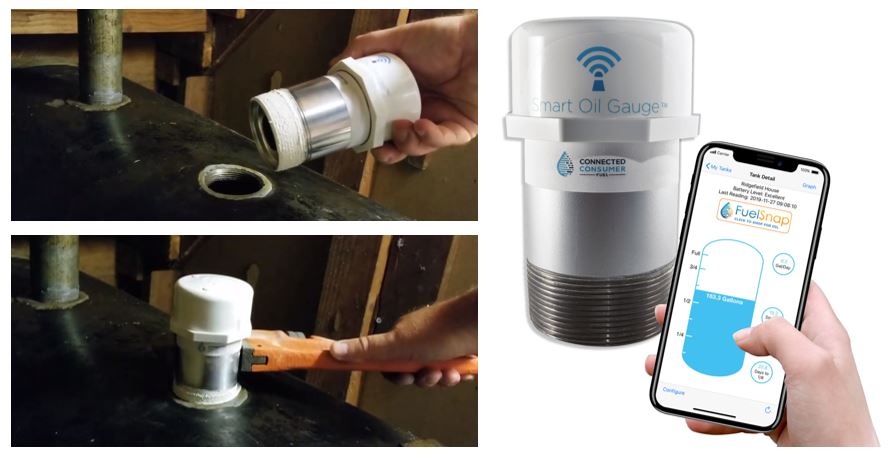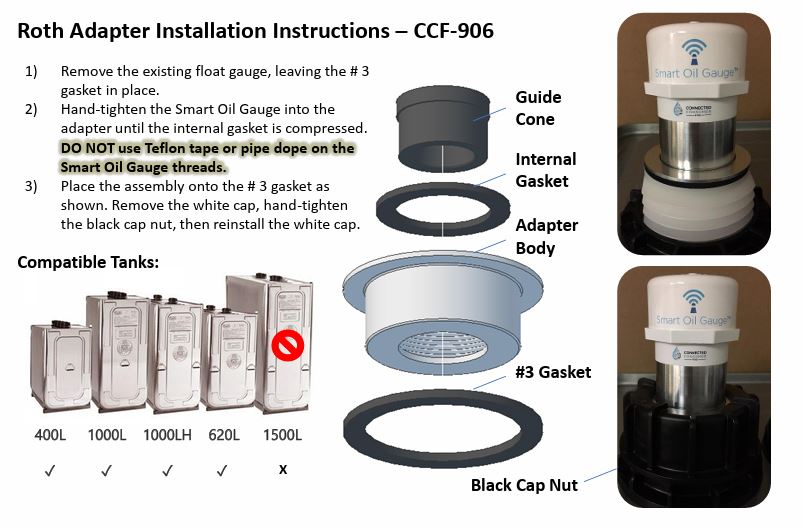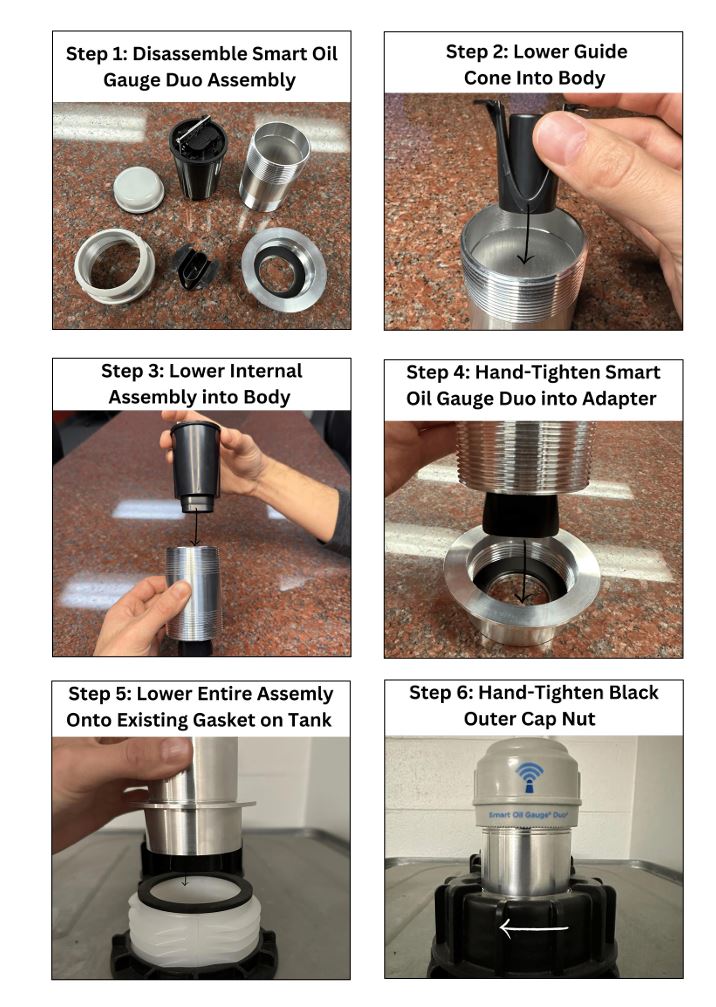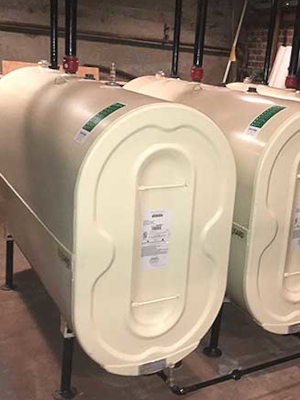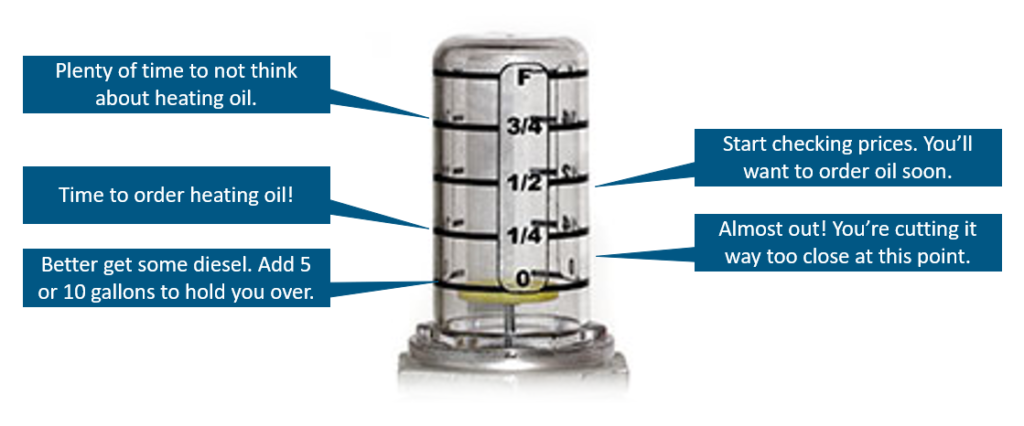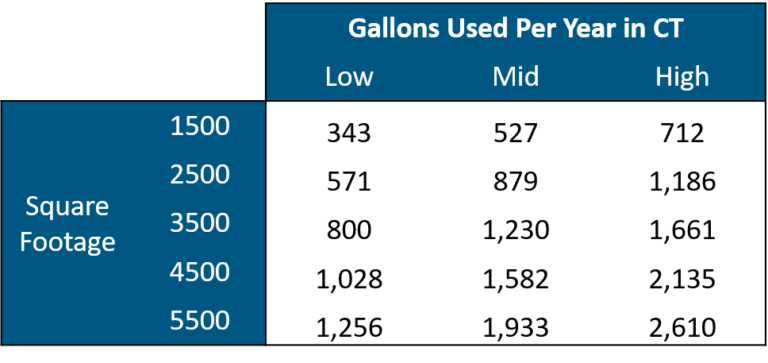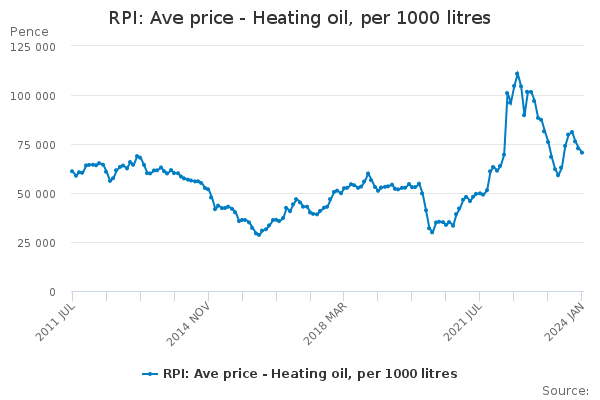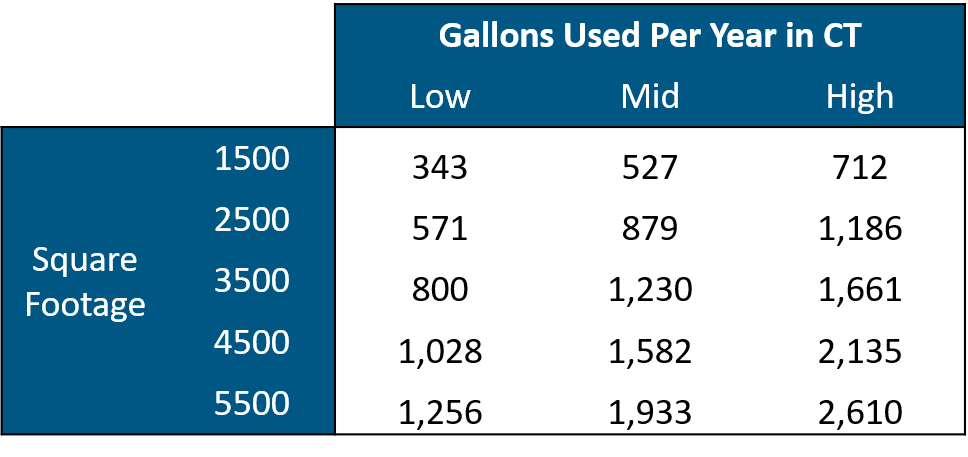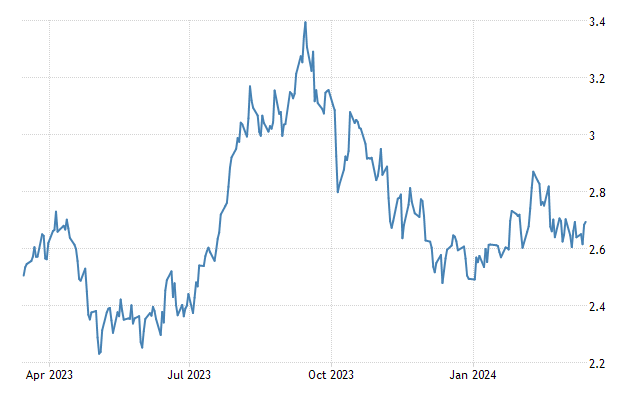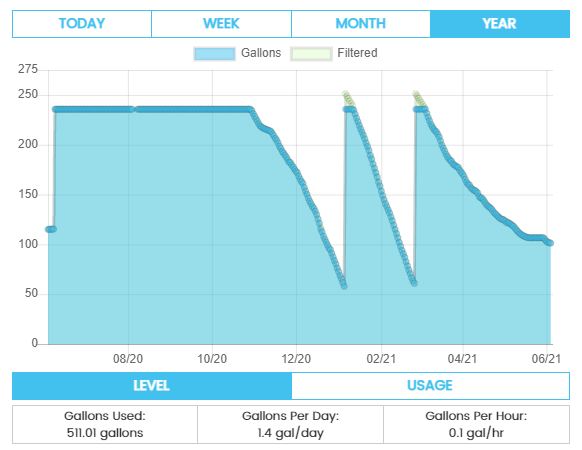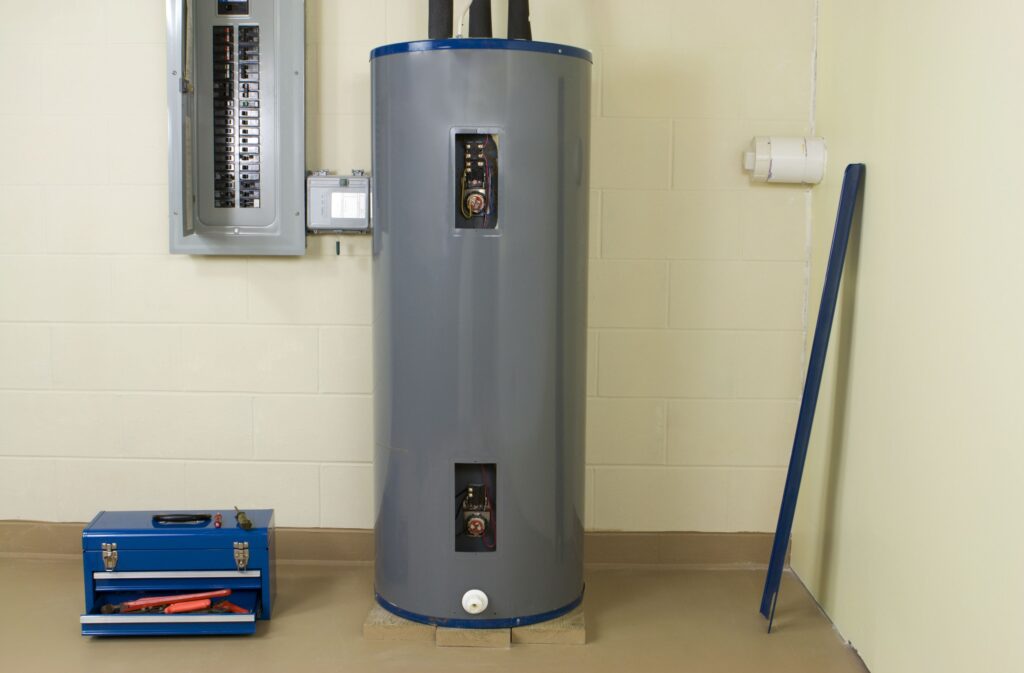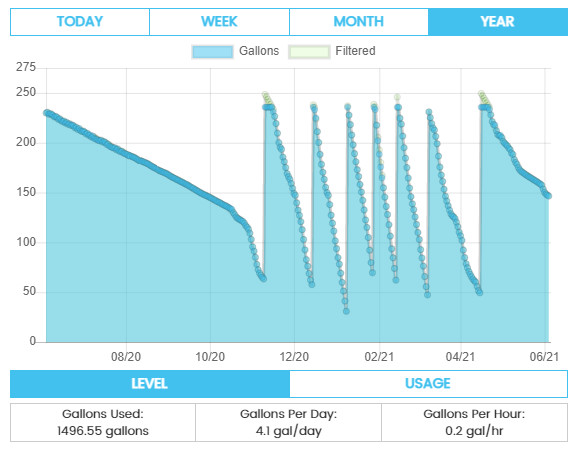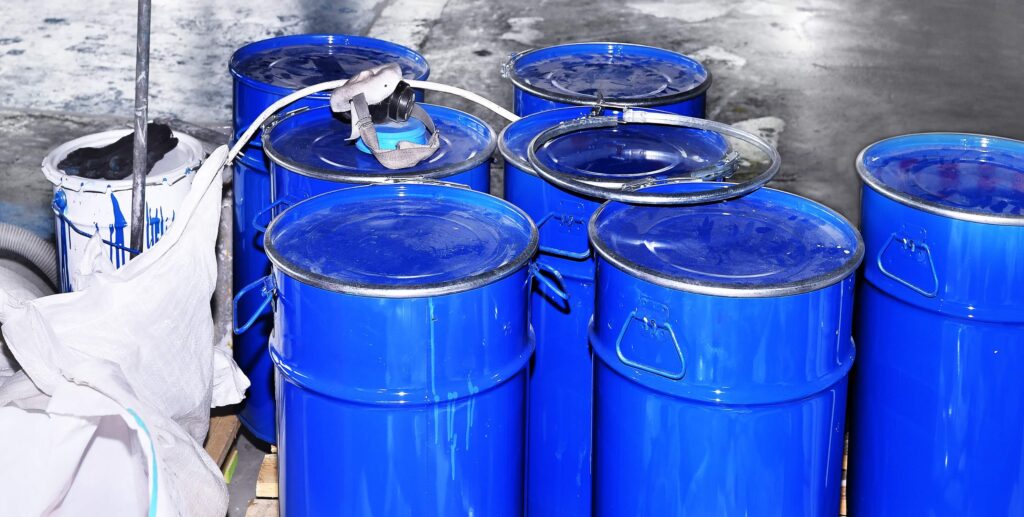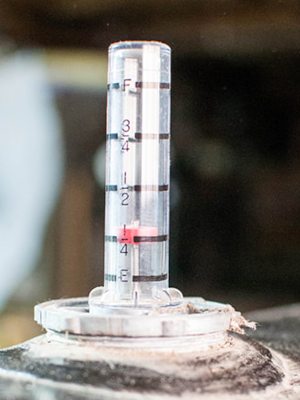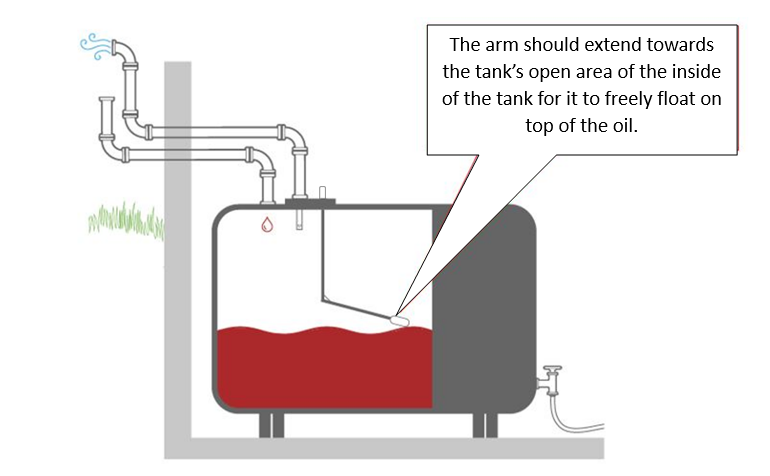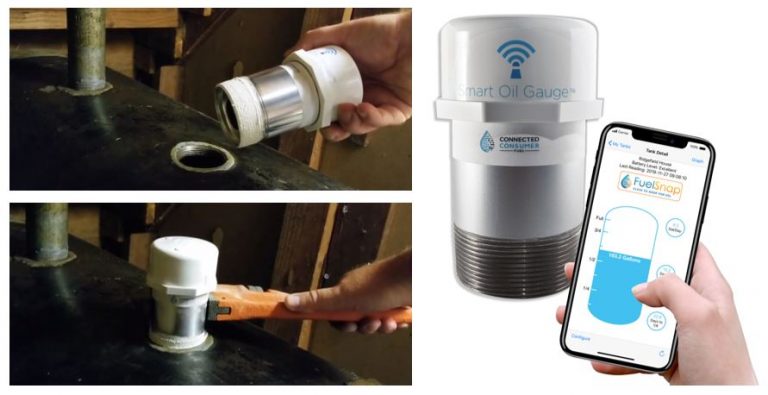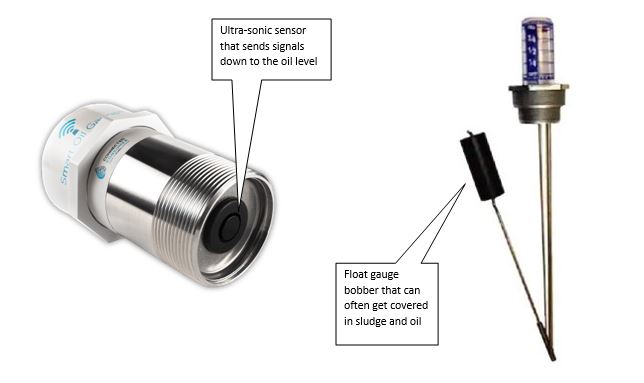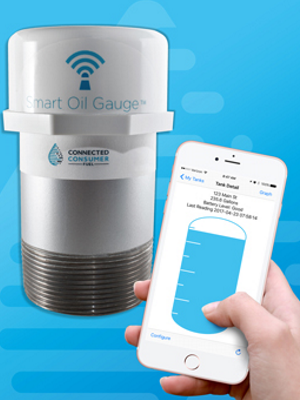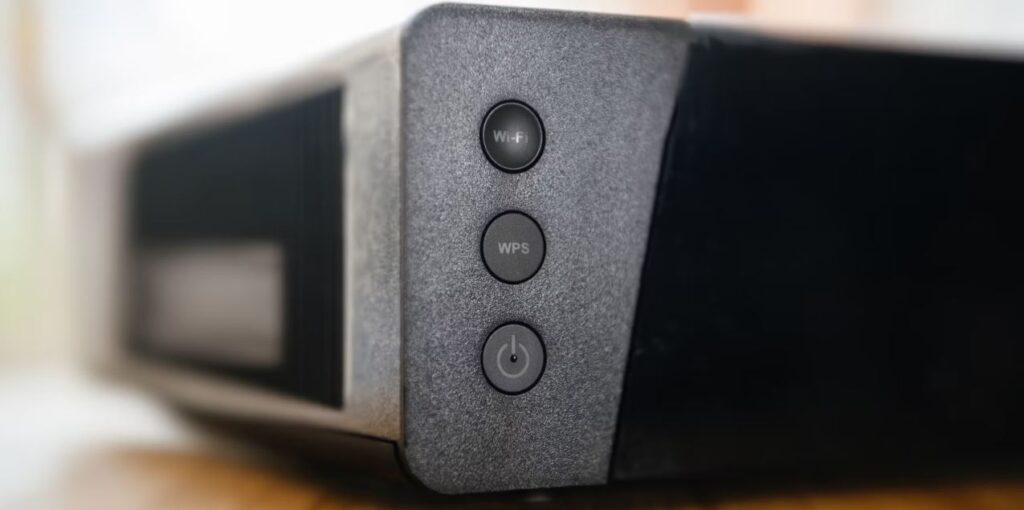If you’re a resident of the Northeast, you probably don’t have a lot of options when it comes to heating your home. If you’re one of the few people that has Natural Gas, consider yourself one of the lucky ones. It is an extremely cost-effective way to heat your home. But, it is unfortunately not available everywhere and gas conversion is going to be expensive.
Usually, electric heat and heat pumps will work well for small condos, apartments and places that have regularly mild winters. As for the rest of us, we only have two choices. Those being either Heating Oil or Propane.
Propane is growing in popularity, and you can use it for many things such as gas fireplaces, pool heaters, gas stoves and much more! Due to this, it’s not actually uncommon to have both heating oil and propane in the same house. I’ve spoken to people who use both and both combined can be very effective when it comes to heating your home. But, I’ll be going in depth on both to make sure you understand everything you need to know!
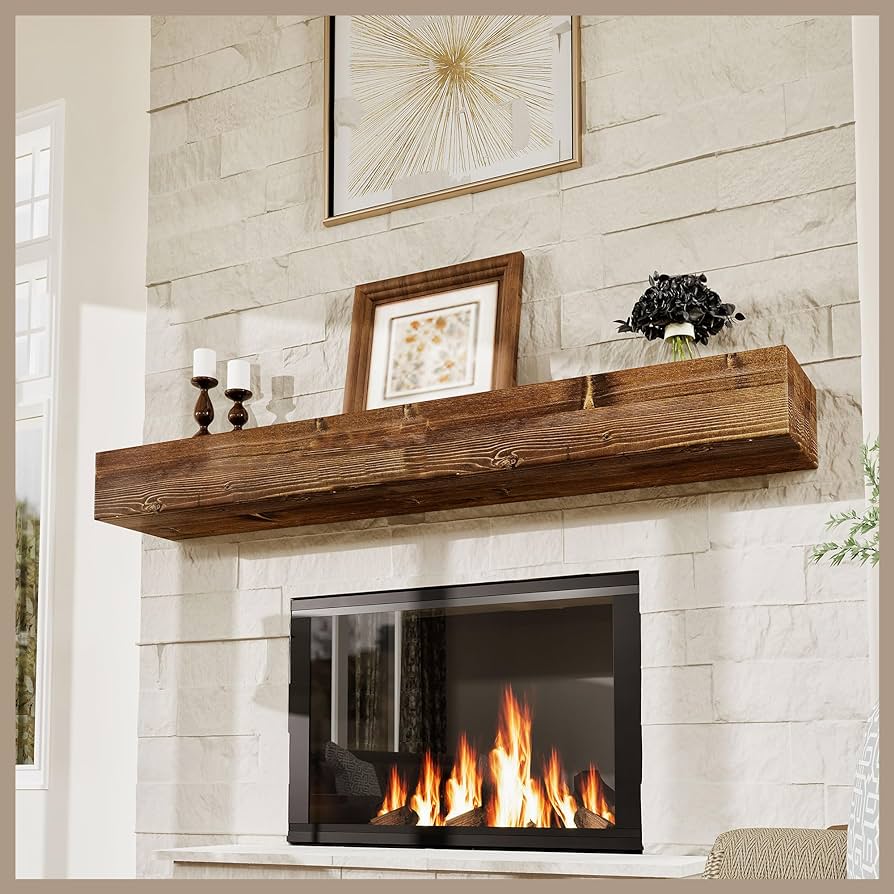
When Should You Switch Between Heating Oil and Propane?
If your home needs a new furnace or boiler, then this is around the time you should consider switching. Usually the system itself (either heating oil or propane) tends to be the most expensive component in the system change. Due to this, this is a good time to consider changing over to a new fuel. Some important factors that you should consider are listed below:
The Tank: This is the most important part of your system. You should know where it will be place and weather or not you or your provider will own it.
BTUs and Efficiency: While propane is normally considered to be more efficient, oil actually produces more heat per gallon compared to propane.
Freedom to Shop Around: Make sure that you have the ability to choose between suppliers. The last thing you want is to run out of oil and not be able to order any if you run out!
Differences Between Heating Oil and Propane Tanks
This might sounds surprising, but this is can be a deciding factor for a lot of folks who want to upgrade to a new system, or make the switch. A good oil tank will typically last around 30+ years if you maintain it properly. If yours is only a couple of years old, then you don’t need to worry about switching! You still have a lot of time!
However, propane tanks are really only supplied by provider, unless you buy the tank outright. Depending on the size of the propane tank, it can cost upwards of $5,000! Meanwhile, heating oil tanks will normally cost you a couple hundred dollars if you’re getting a standard 275 gallon tank.
There’s also the visual appeal of these tanks. Propane tanks are usually a lot harder to hide compared to heating oil tanks. You can store heating oil tanks indoors in either a garage or basement. Meanwhile, a propane tank usually looks like a big white pill that you will need to store outside a little bit away from the house. However, you can install them underground to keep them out of view.
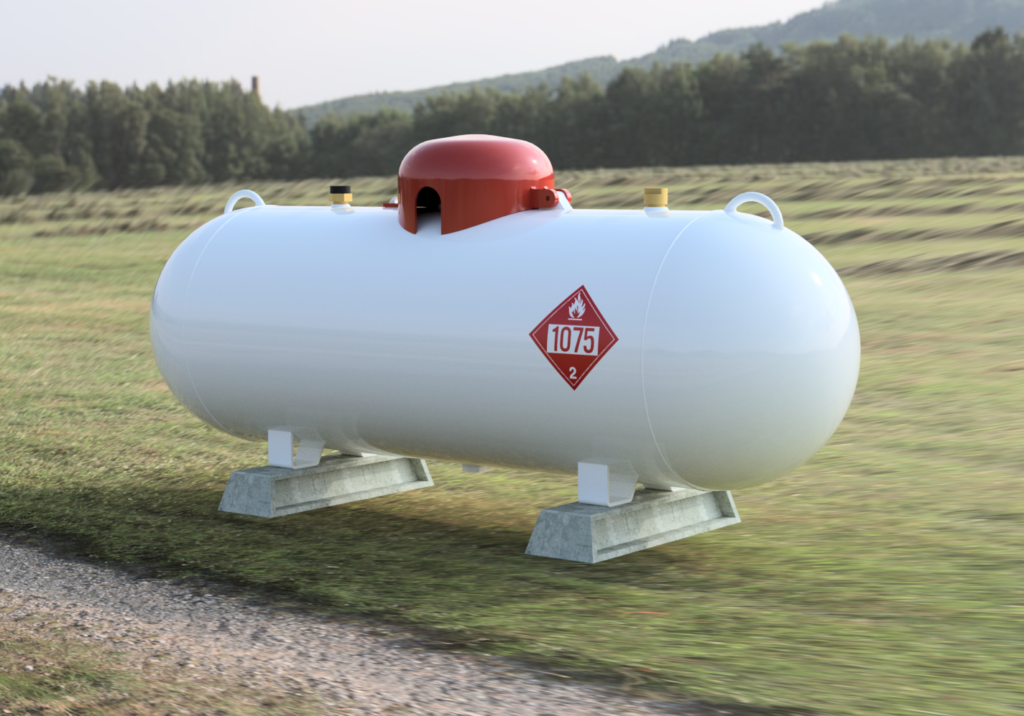
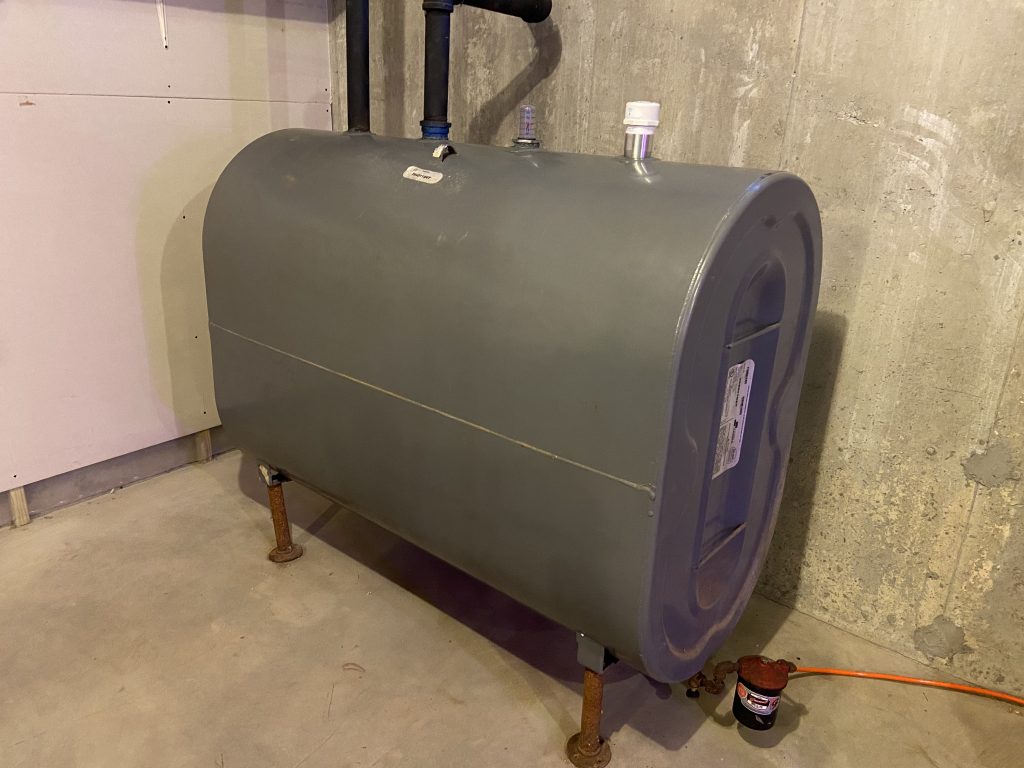
Tank Ownership is Very Important
One of the most overlooked factors of the heating oil systems is who actually owns the tank. Usually, when a company tries to get you to switch to propane from heating oil, they’ll tell you that they provide their own tanks. They’ll usually tell you that this will save you money because you won’t need to buy a tank.
But that couldn’t be farther from the truth. While yes, getting your tank through the provider will save you money at the start, it locks you in to ONLY buying from them! This will eliminate any freedom or control that you would normally have over your tank. You even won’t be able order from another dealer because it some states, it’s ILLEGAL to have a supplier fill up a tank from another supplier. The only way to switch from propane providers is to have the tanks removed and have another company install their own, or buy your own.
But, if you have a heating oil tank, then you’re in luck because you always own your tank! Regardless of where it’s installed and where you order from, you will always own your tank! This will be able to give you maximum flexibility and keep you out of an expensive problem.
An important take away from this is that you should make sure that you own your tank to avoid being stuck with only one company.
BTUs and Efficiency
Some folks will usually look at price per gallon to determine if propane is less expensive than heating oil. While this is normal and usually what you should do, you’re actually overlooking two major factors. These would be the Efficiency and BTUs (British Thermal Unit). BTUs will normally represent how much heat a gallon of your desired fuel will produce. Heating Oil is known to produce ALOT of BTUs per gallon. One gallon of heating oil can easily produce 138,500 BTUs, while a gallon of propane can only produce up to 91,500 BTUs. You also shouldn’t forget about the efficiency of your burner. Modern day furnaces are usually 95% more when efficient compared to older furnaces. This also means that 95% of every gallon of propane is going to be converted to heat. However, most oil burners are only about 80%-90% efficient. In the below calculation, we’ll use 85% of our efficiency as an example:
Propane: 91,500 * 0.85 = 82,875 effective BTUs per gallon
Heating Oil: 138,500 * 0.85 = 117,725 effective BTUs per gallon
For a side by side comparison, we should take a look at how many gallons of propane will be required to produce the same amount of heat as one gallon of heating oil. Heating Oil will naturally produce 117,725 BTUs with one gallon compared to propane’s 86,925 per gallon. For propane to generate the same amount of heat as heating oil, you’ll need to use the following equation:
117,725 / 86,925 = 1.35 gallons
You can do an easy price comparison by taking the price per gallon of propane and multiply it by 1.35 to see how it matches up to the price per gallon for heating.
The Freedom to Order from Whoever You’d Like
Usually with heating oil, you’ll have multiple suppliers to buy from. Signing up for automatic delivery and paying the premium price is always an option as well. But using call-by services such as FuelSnap is always preferred. Buying oil whenever you need it is will save you more money in the long term. Especially if you explore dealers and shop around on deliveries to find which dealers you like to order with!
Now with propane, it is INCREDIBLY difficult to to compare prices, because nearly 95% of propane tanks in the northeast are owned by their providers. Unless you’re within the 5% of homeowners that own their tank, you won’t be doing much shopping around. You’ll be stuck with the fixed pricings that your dealers will normally provide you.
With heating oil, the market is much more competitive. Therefore, prices will tend to be a bit more varied. This is because dealers are constantly in competition with each other and will thus try to charge the lowest price per gallon possible. You can also get something like a Smart Oil Gauge to check your oil level from the app on your phone. When your tank runs low, the gauge will alert you and you can order oil and have it delivered usually the same day! You can simply order from the app without calling anyone! You own your tank, so you’re in control on who you do and don’t order from!
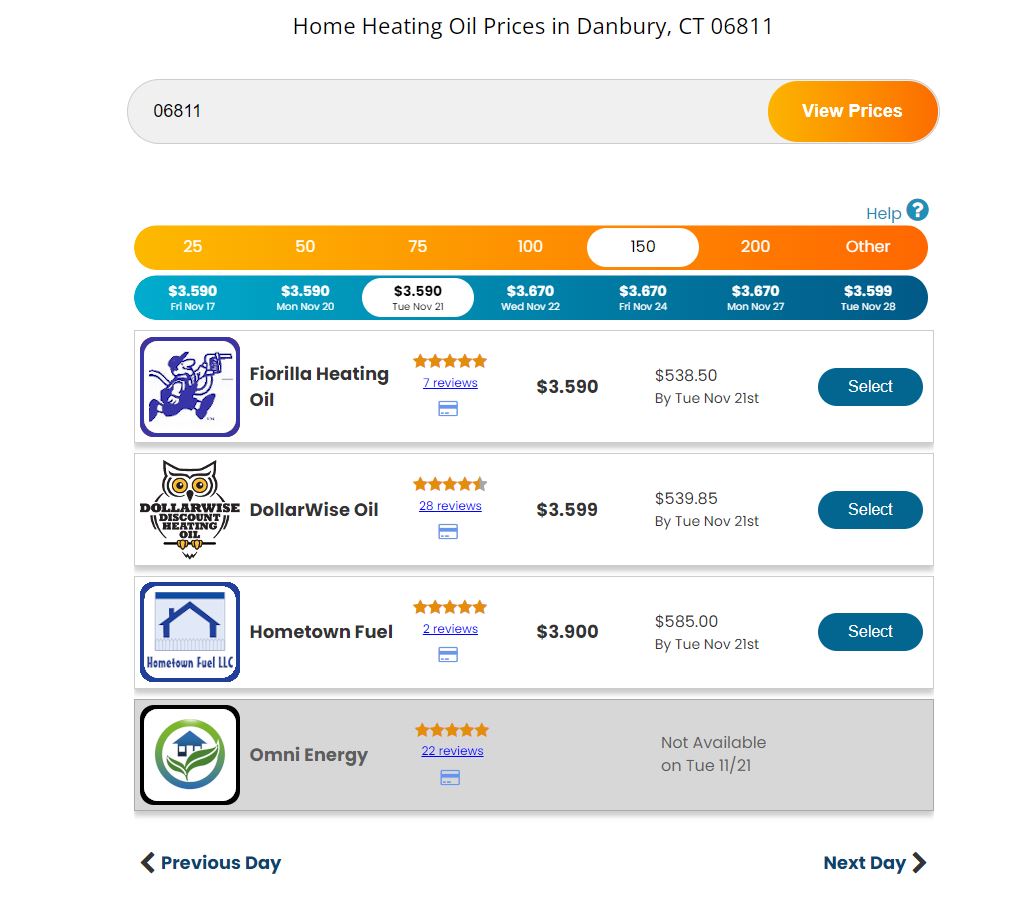
So What’s the Bottom Line?
At the time of writing, heating oil prices are going down but are currently ranging from $3.26 – $3.70 per gallon on our FuelSnap website. While propane is around $3.87 – $3.90 per gallon according to the EIA. Since you normally need around 1.35 gallons of propane to get the same amount of heat out of one gallon compared to heating oil, the math will tend to be pretty easy when calculating this. This will obviously change over time as we get further into the summer season and prices will see a slow and steady decline.
With this in mind, be careful when your HVAC provider tries to sell you on the benefits of propane. In most cases, they’ll inform you about the benefits because it’s really in their interest. They will usually provide you tanks and you’ll be unable to shop around if you commit to propane. There is very little competition for propane providers, which will allow them to charge whatever they want.
However, there are hundreds of heating oil dealers that are competing for your business on the daily. You’ll be able to compare pricings use sites like FuelSnap and order when ever you need to! Oil will create more heat per gallon compared to propane and will often be delivered same or next day.
But this doesn’t mean that you can’t have both! You’ll save a significant amount of money by using both! They really are a great combination that is very beneficial to use with propane being used for fireplaces, stove tops and generators, while heating oil can be used to heat your home and water! At the end of the day, getting the best of both worlds is too good to turn down!
Happy Heating,
Hunter

